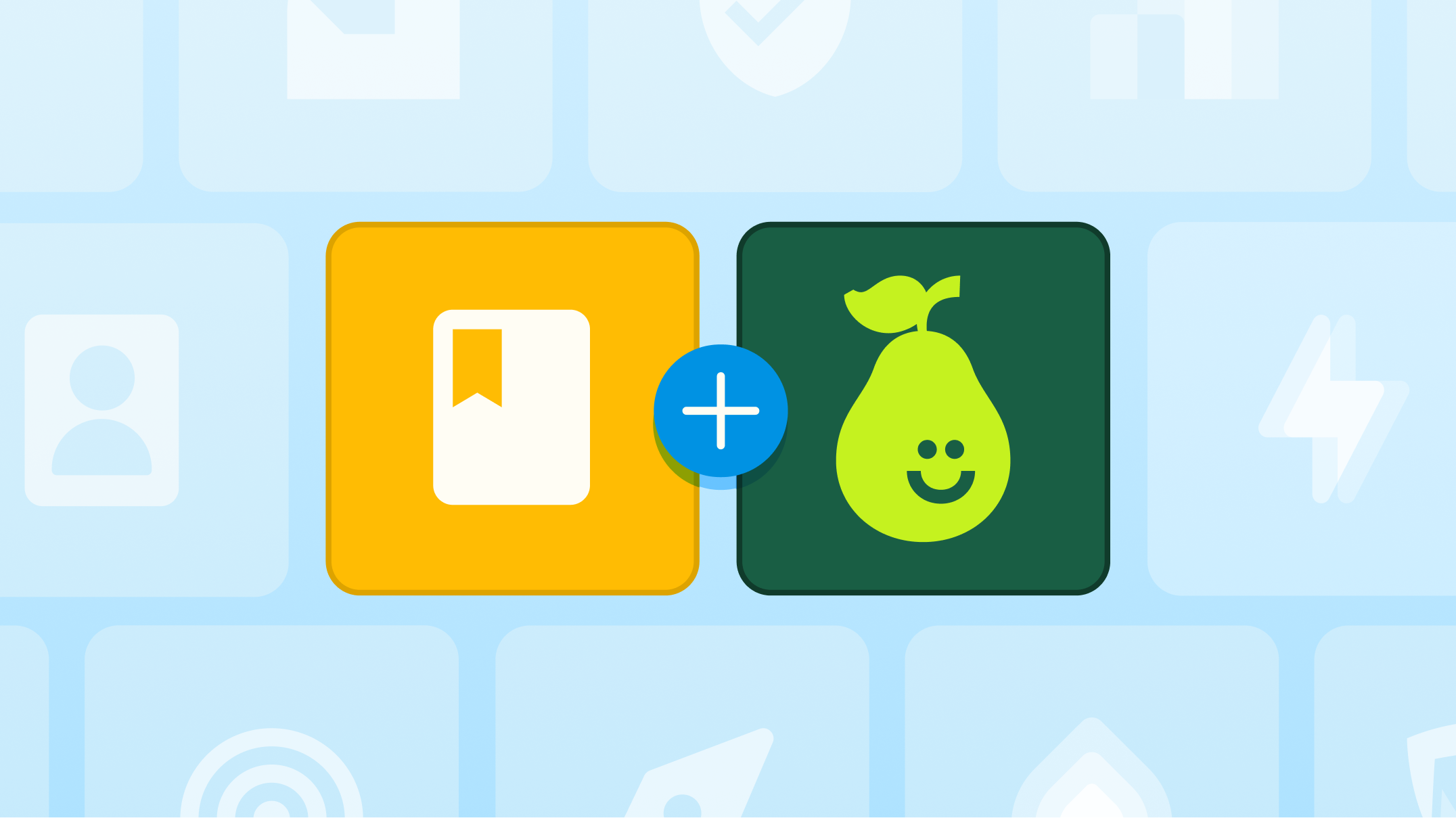Self-Awareness and Authenticity in Teaching

To teach, we must practice self-awareness and authenticity. Walking into the classroom each day is an enormous act of courage. To face the turbulent emotions, hormones, and disparate wants of dozens of students at once. To guide and nurture each one of these blossoming individuals while not losing oneself. How can we see to the heart of a student, guide them to find their path, face a conflict with compassion, or engage with students who are different from us if we don’t know ourselves?
An essential piece in a student’s learning journey to adulthood is their relationship to their learning community. So many young people have a deep mistrust of adults and authority that is reinforced by impersonal school environments. In contrast, students who feel connected to their teachers and peers are more successful and healthy — physically and emotionally. Similarly, it’s these connections that make teaching such a profoundly rewarding profession. To foster these connections, we must be willing to teach from our whole selves. To be real and authentic with our students builds trusting relationships students can build off of in other classrooms and parts of their lives.
Do you know yourself? This might seem like a funny question to ask. But many of us fall into the familiarity of our professional persona or teacher persona, and are unaware of the parts of ourselves we leave outside of the classroom. We might carry an aura of inauthenticity young people, especially teenagers, can quickly read. And once they’ve seen that you’re hiding your true colors, you’ll be hard-pressed to build a trusting relationship.
A lot of educators are talking these days about social-emotional learning and helping students understand their own emotions. As teachers striving to create compassionate and inspiring learning communities, it’s vital for us to work on self-awareness. To provide space for our students to explore their emotions, we need to practice compassion and understanding for ourselves. Here are some guides for tapping into self-knowledge and using that knowledge to manage stress levels in the classroom.
Check your levels
Start your day by checking in with yourself. Are you feeling stressed? High energy? Low energy? Tailoring the energy of your lesson to your mood is OK. If you force yourself to radiate energy you don’t have, you can find yourself feeling stressed out. On the other hand, sometimes just acting in a certain way can help you feel that way. So check your levels and be honest with yourself about where you’re at. It’s hard to be present and compassionate with your students when you're maxed out.
Watch for warning signals
It’s important to know the ways you react when you are maxed out. We all reach that point some days and it’s good to be able to quickly identify when it’s happening. Are you likely to yell at a student when you get pushed too far? Or are you more likely to shut down, cry, or even get sarcastic? When you know the ways you’re likely to react in stressful times, it’s easier to catch these behaviors and let yourself take a breath.
It also helps to know the things that push your buttons. Different students will push your buttons in different ways. Some students will push them with efficient ease. In our minds, those students can easily get labeled as “bad” or “problem” students. But are they? Maybe they just have certain mannerisms or behaviors that push us to overflow faster than others. Knowing the behaviors that push your buttons can help you notice when you are getting close to feeling maxed out. Is it a lot of noise? Is it being interrupted? Is it a certain tone of voice? Is it heads down on desks? When you are well aware of those button pushers, you can slow things down before you get to overflowing. “Ok class, the noise level is getting to a stressful level. Let’s all take a pause, take a deep breath, and return to a more peaceful discussion level.”
Be your true, authentic self
Who is the person at the center of your teaching self? Do you let that person, your true, authentic self, into the room, or do you have a separate teaching persona? Do you strive to make personal connections with your students or do you keep them at bay?
Inviting your whole self into the room and connecting with each student can be a scary thing. Knowing our students well means being a part of their trials and sometimes seeing them fail — which is more painful when we are deeply invested. It also means letting them see our failures, which is a vulnerable position. Undertaking this kind of relationship building day after day is an incredibly brave act of love and compassion - an act that plants the seeds of success and happiness for our shared future.

.svg)
.svg)
.svg)

.png)

